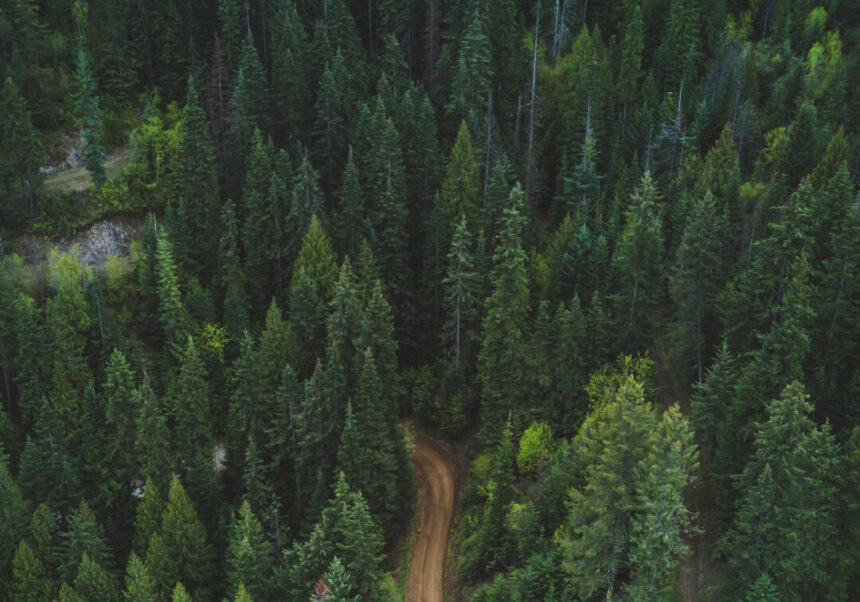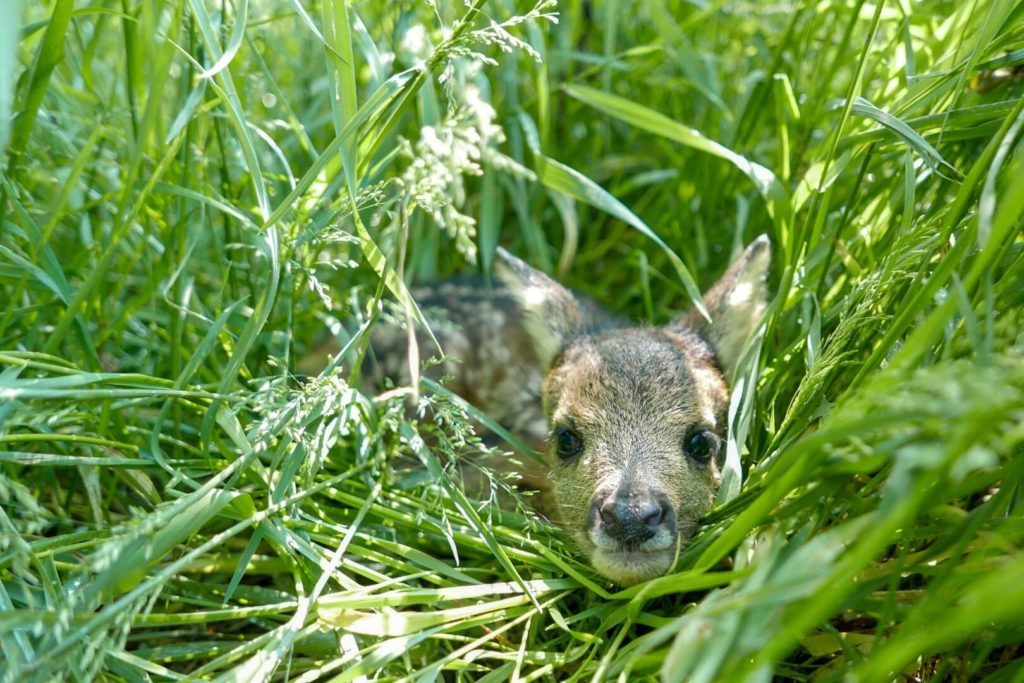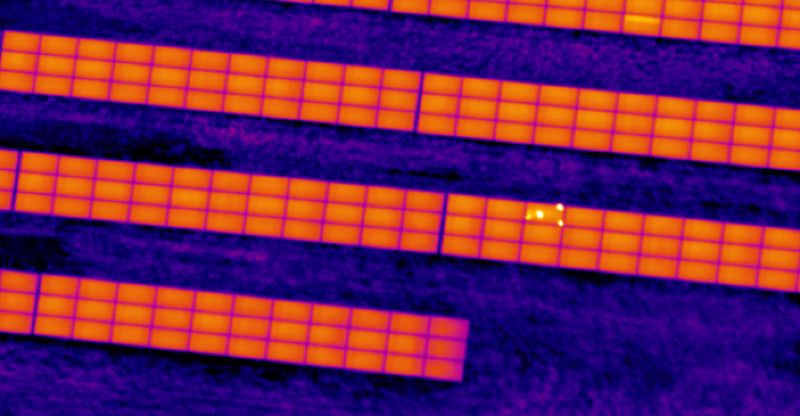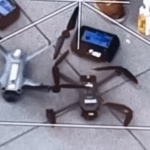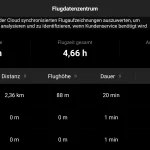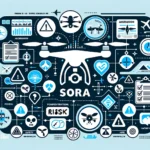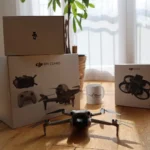Drones are already an important part of the effort to combat climate change and protect the environment. But many are not yet aware of the potential of this technology. We explain the applications of drones in climate protection.
Imagine a world where drones not only provide stunning aerial views, but also help save our planet. These high-tech flying helpers are not just a trend in consumer electronics, but also an important tool in the arsenal of environmental protection.
From monitoring vast areas of rainforest to reforesting entire swaths of land at lightning speed to tracking endangered wildlife, drones are changing the way we fight climate change and protect our environment. Join us as we dive into a world where technology and nature go hand in hand to create a more sustainable and greener future.
Areas of application for drones in climate protection
Environmental monitoring by drones
In our fast-paced world, the ability to monitor the environment in real time is invaluable. Drones have become an indispensable tool in this area. With their ability to monitor large areas from a bird’s eye view, they provide valuable data that is often invisible to the human eye. Whether monitoring illegal logging in rainforests or early detection of oil spills in the ocean, drones make it possible to detect environmental threats faster and more effectively than ever before. Their built-in sensors can even detect changes in air quality or soil composition, making them powerful allies in the fight against pollution.
Drones in reforestation
The losses from deforestation and soil degradation are enormous, but thanks to drones, there is new hope for reforestation. Instead of planting trees by hand, which can be expensive and time-consuming, there are drones that can drop thousands of seeds into the ground. These “flying foresters” can plant large areas in a very short time with a precision that would be difficult to achieve by hand. By using drones, ecosystems can be regenerated more quickly and carbon can be removed from the atmosphere more efficiently.
Wildlife monitoring with drones
Monitoring wildlife is a challenge. Often, animals live in hard-to-reach areas or are threatened by human activities. Drones offer a revolutionary solution here. They can cover large areas and observe animals from the air without disturbing them. This allows researchers to track movement patterns in real time, identify breeding grounds or even detect poaching. The data obtained is not only valuable for the protection of individual species, but also provides insights into larger ecological contexts and helps to develop effective protection measures.
Climate data acquisition with drones
Understanding the climate requires precise data, and this is where drones offer enormous potential. Unlike traditional weather stations that are permanently anchored in one place, drones can fly to different altitudes and areas to collect data. They can measure temperatures, humidity, wind speeds and more in real time. Especially in extreme environments like glaciers or deserts, drones offer an invaluable advantage. With the data collected in this way, scientists can create more accurate climate models and better predict how the climate will develop in the future.
Habitat assessment with drones
At a time when the conservation of biodiversity and natural habitats has become a global priority, drones are making an invaluable contribution to habitat assessment. These flying marvels can quickly cover large and often difficult-to-access areas, providing detailed information on habitat condition and quality.
Equipped with high-resolution cameras and other sensors, drones can provide detailed images and data that shed light on vegetation, water sources, animal activity and other ecological factors. These data are critical for conducting environmental impact assessments, planning conservation measures, and monitoring the effectiveness of conservation efforts.
A particular advantage of drones is their ability to monitor the condition of a habitat over time so that changes and potential threats can be quickly identified. This allows conservationists and decision makers to be proactive and take necessary action before irreversible damage occurs.
Drones in the field of renewable energies
Although drones are often associated with photography and recreational activities, they are also playing an increasingly important role in the renewable energy sector. Wind turbines, for example, are impressive structures that require regular maintenance and inspection. Since these turbines are often erected at high altitudes, inspections can be time-consuming and dangerous.
Drones offer an efficient solution here. Equipped with cameras and other sensors, they can quickly and safely inspect wind turbines, detect damage or wear, and identify areas in need of maintenance. The result? More efficient and safer operation of wind turbines.
But drones are not only making their contribution in wind energy. They are also used in solar energy to inspect solar modules in large solar farms or identify optimal locations for new solar projects. Through these applications, drones are helping to use renewable energies more efficiently and effectively, which ultimately benefits our planet.
Future prospects and developments of drones
Rapid advances in drone technology promise a future in which our environmental and climate management capabilities will expand exponentially. In the coming years, we could see drones that not only cover larger areas, but also penetrate deeper into our ecosystems. Imagine autonomous drones that can autonomously analyze vast areas of forest, detect pests, and apply targeted biological control agents without harming flora and fauna.
Another exciting approach is drones that can use artificial intelligence and machine learning to not only detect but also predict certain environmental problems. These “smart” drones could anticipate changes in the ecosystem even before they become visible, buying valuable time for proactive action.
Integrating drones with other technologies such as satellites, IoT devices and advanced sensors will also revolutionize environmental protection. By connecting these technologies, data can be collected and analyzed in unprecedented depth and breadth.
In conclusion, we can be sure that drones will play an even more central role in climate protection and preserving our environment in the years to come. They are not just tools, but partners that will help us preserve our planet for future generations.
Summary
Today, drones are far more than toys or tools for impressive aerial photography. They have become a crucial tool in environmental and climate protection. From environmental monitoring to reforestation and the collection of important climate data, drones offer innovative solutions to sustainably protect and regenerate our planet. As the technology continues to evolve and new applications emerge, its importance to a green and sustainable future cannot be underestimated. As partners in the fight against climate change, they are a shining example of how technology and nature can work together in harmony.
FAQ on the subject of drones in climate protection
Yes, drones can be classified as environmentally friendly overall, especially if they are powered by renewable energy. Their positive contribution to climate protection often outweighs their negative impact on the environment.
In terms of climate protection as well as numerous other areas of application, drones are definitely an opportunity to have a positive impact on our environment and be used to increase efficiency.
The future of drone technology is promising. With more advanced sensor technology, longer battery life and improved data analysis, they could play an even more central role in climate protection.


